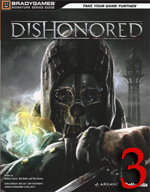 I’ve compared Dishonored to Deus Ex: Human Revolution ever since I saw previews for it at E3 earlier this year, and while the story and setting are obviously quite different from that of DXHR, the basic ideas behind both games were relatively the same. The main character is a body guard who has some powers to be either extremely lethal or extremely sneaky, and the game itself is very open in how it can be played, depending upon whether the player wants to be lethal or sneaky. As such, I completely counted on the Dishonored strategy guide to be a little similar to the DXHR strategy guide to offer both options of lethal and sneaky gameplay (I’ll start using different words in a bit, I promise). As I said in my initial impressions, the Dishonored strategy guide did do this much, which pleased me greatly. Unfortunately, the written content itself made using the guide’s walkthroughs a very frustrating ordeal, forcing me to rely mostly on the maps and appendices for any sort of proper guidance.
I’ve compared Dishonored to Deus Ex: Human Revolution ever since I saw previews for it at E3 earlier this year, and while the story and setting are obviously quite different from that of DXHR, the basic ideas behind both games were relatively the same. The main character is a body guard who has some powers to be either extremely lethal or extremely sneaky, and the game itself is very open in how it can be played, depending upon whether the player wants to be lethal or sneaky. As such, I completely counted on the Dishonored strategy guide to be a little similar to the DXHR strategy guide to offer both options of lethal and sneaky gameplay (I’ll start using different words in a bit, I promise). As I said in my initial impressions, the Dishonored strategy guide did do this much, which pleased me greatly. Unfortunately, the written content itself made using the guide’s walkthroughs a very frustrating ordeal, forcing me to rely mostly on the maps and appendices for any sort of proper guidance.
The layout and organization of the strategy guide is nearly flawless. Each mission begins with an overview of the goals, sidequests or special actions, lists of collectibles, chaos requirements, and maps with legends. From the get-go, I always knew what I needed to look for and I could plan my playthrough according to my goals for chaos (high or low chaos affects your ending) as well as prepare for the kinds of enemies I would face. For someone who gets edgy and tense playing stealth as much as I do, I needed this kind of planning. I could instantly look at the maps and take note of how spread out the runes, bone charms, and Outsider Shrines were and determine if I thought any of them were worth the risk of getting caught, potentially setting off alarms, or forcing me to kill lots of people–as I really hated reloading.
The maps with their legends were so in depth, I found myself using these to plan my treks through Dunwall more than I was relying on the walkthroughs themselves. The fact that the walkthroughs were really hard to follow made my dependence upon the maps even stronger. In particular, these sentences had me running around in circles in absolute confusion for a better part of 10-15 minutes:
A series of metal posts leads to a stone wall. Stay on top until you can see an area littered with broken and defunct equipment on the right. Head into this area and look for a small opening on the left. Use it to climb into the guard quarters, but be careful of the lone patroller. Knock him out and put him out of sight, and then grab the Rune under the bunks.
When this is done, turn your attention to the nearby moat full of fish. Possess one and use it to slip through the bars and into the tower proper.
For starters, there are two different sets of metal posts in this area. Both lead to stone walls, and both lead to areas of broken equipment on the right. I of course, took the wrong path that brings you to an area that stops severely short of the guards quarters. The path the guide wanted me to take is the outside perimeter of this region, all along the top of the main stone wall.
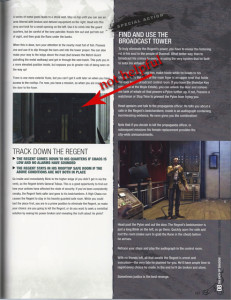 Secondly, it took some running around the bunkhouse to find this moat. It wasn’t along the entire back of the bunkhouse, and access from the building was severely limited from where I was. If I had been told to take the stairs on the left and head toward the center of Dunwall, I would have found the moat a lot sooner. However, this isn’t the main problem I had. The biggest problem was finding this grate to take as the fish. The moat water is extremely dark, and the only way I could find it was by possessing numerous fish (had to possess others when the fish I was in died) and swim along the walls. I kind of hoped there was a screenshot of the grate and where it was in the moat–because to be honest, I was convinced I was not even in the right moat after awhile–but instead, all I had was the screenshot to the right, that only showed me the door I would walk through after I finished my swim through the grate. Words cannot express how not useful this was.
Secondly, it took some running around the bunkhouse to find this moat. It wasn’t along the entire back of the bunkhouse, and access from the building was severely limited from where I was. If I had been told to take the stairs on the left and head toward the center of Dunwall, I would have found the moat a lot sooner. However, this isn’t the main problem I had. The biggest problem was finding this grate to take as the fish. The moat water is extremely dark, and the only way I could find it was by possessing numerous fish (had to possess others when the fish I was in died) and swim along the walls. I kind of hoped there was a screenshot of the grate and where it was in the moat–because to be honest, I was convinced I was not even in the right moat after awhile–but instead, all I had was the screenshot to the right, that only showed me the door I would walk through after I finished my swim through the grate. Words cannot express how not useful this was.
 The page layout for the walkthroughs was, for the most part, great. The call-out boxes for the sidequests and special actions really helped me make sure I didn’t miss anything that I wanted to complete, and even the call-out boxes alerting me to prime places for Achievements/Trophies were greatly appreciated. However, what I really wanted was call-out boxes for the collectibles. Collectibles were mentioned in the written walkthroughs for the specific paths they laid out, but if you really wanted to “catch-em-all,” you had to rely on either the maps or the detailed appendix that is complete with screenshots.
The page layout for the walkthroughs was, for the most part, great. The call-out boxes for the sidequests and special actions really helped me make sure I didn’t miss anything that I wanted to complete, and even the call-out boxes alerting me to prime places for Achievements/Trophies were greatly appreciated. However, what I really wanted was call-out boxes for the collectibles. Collectibles were mentioned in the written walkthroughs for the specific paths they laid out, but if you really wanted to “catch-em-all,” you had to rely on either the maps or the detailed appendix that is complete with screenshots.
As a whole, I found the Dishonored strategy guide to be more frustrating than anything else. I felt constantly lost and confused as to where I was supposed to go, and most of the time, I abandoned the guide’s walkthroughs for my own just because I couldn’t make sense of them. The maps and appendices are this strategy guide’s absolute saving grace.
SGR Rating: 3/5
Authors: Michael Lummis, Rick Barba, and Chris Burton
Publisher: BradyGames
Editions Available: Paperback
Acquired via Publisher
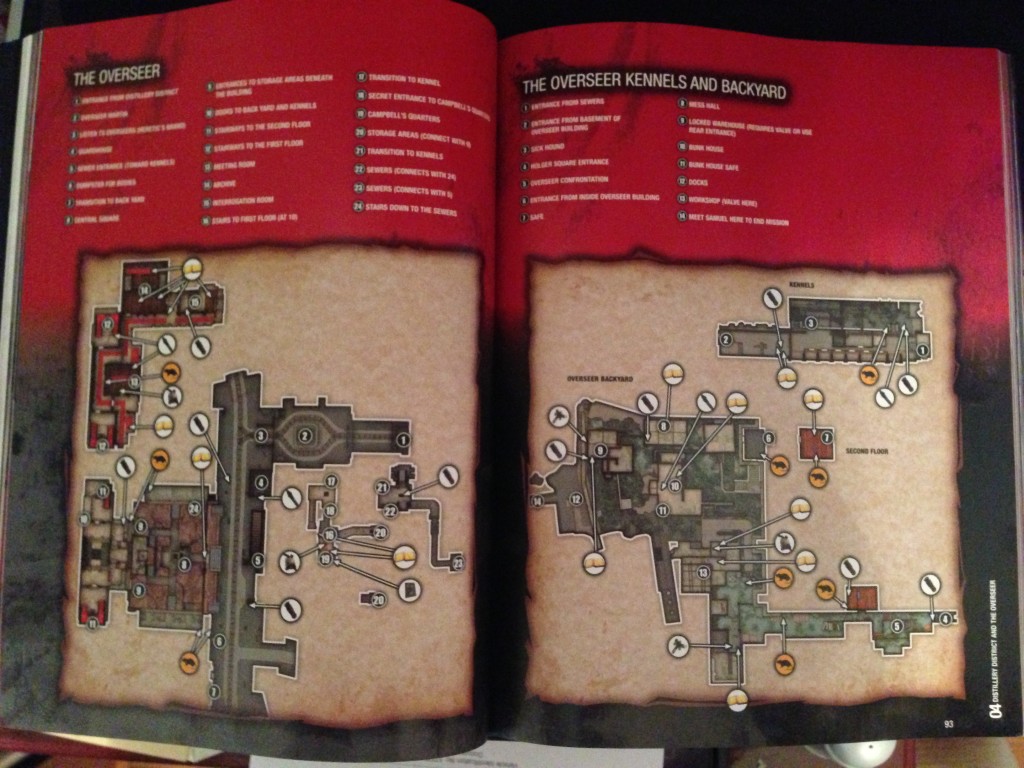

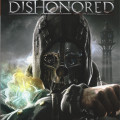
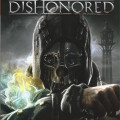

Is Cephalexin Good For A Uti cialis buy online usa
does propecia really work G ALDH1A1 cancer cells black arrow co expressing ERО±36 detected by double IHC staining